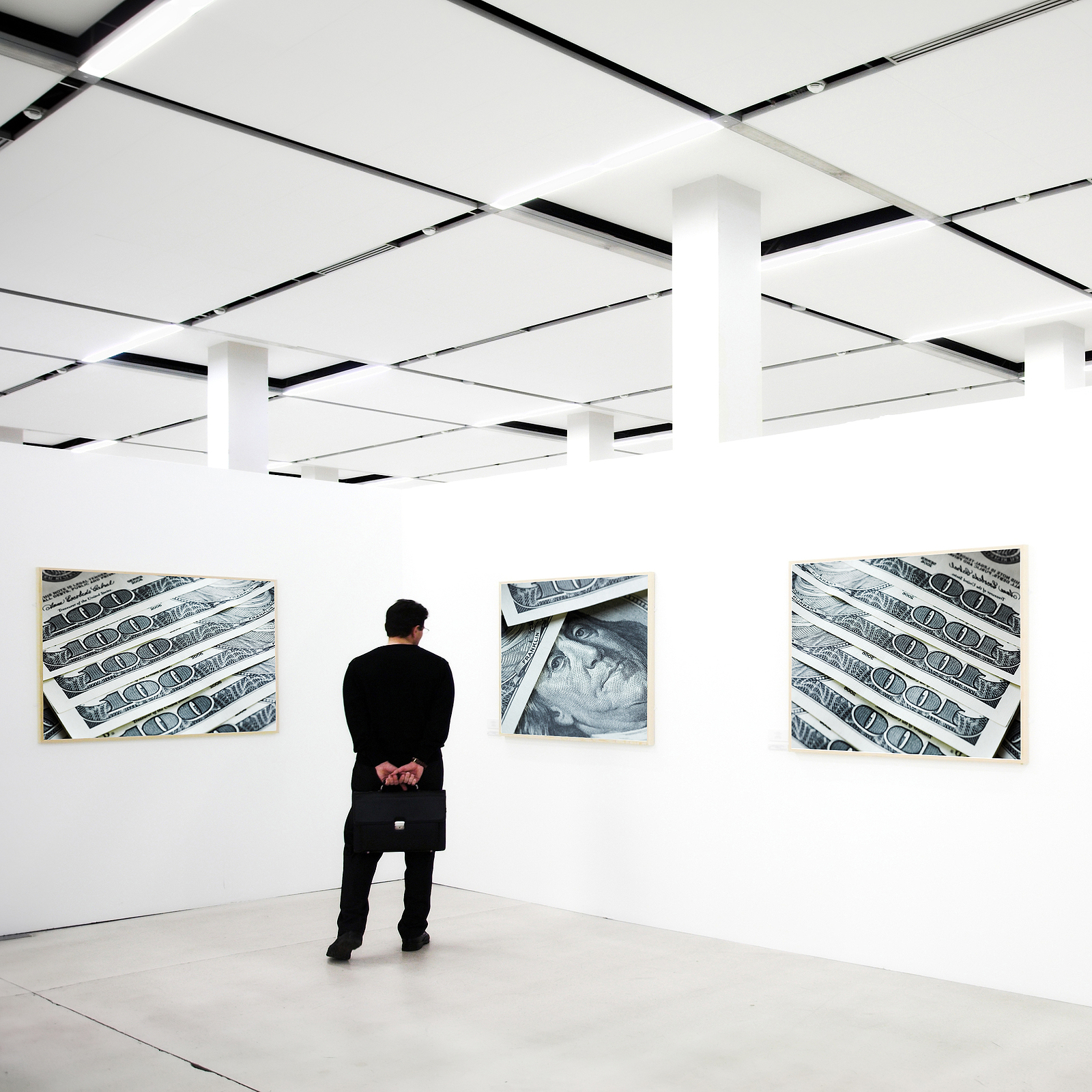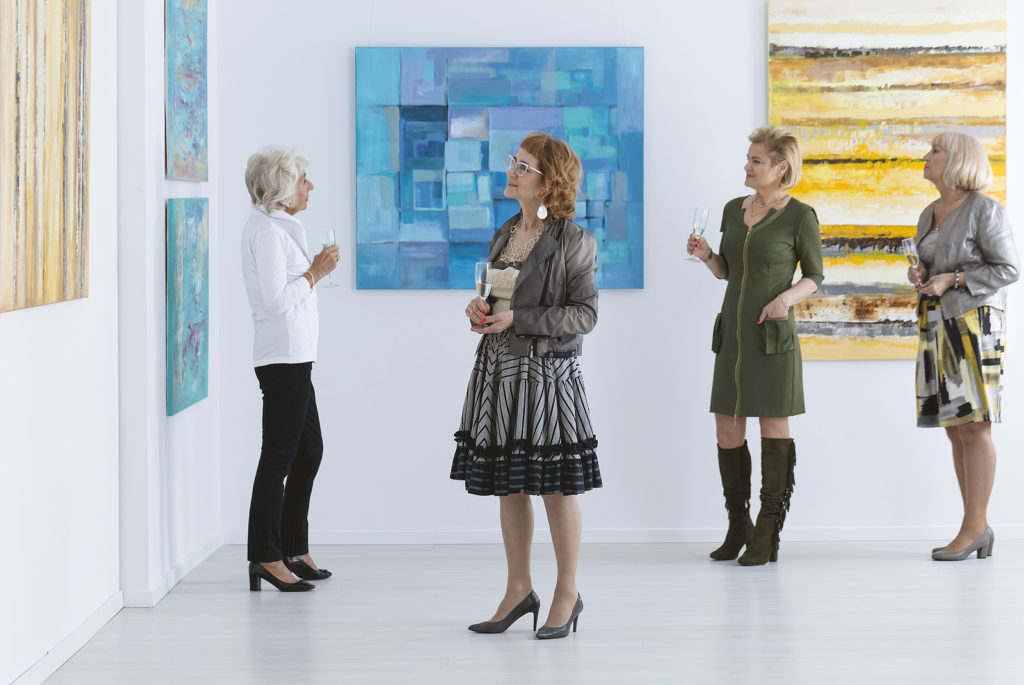Designing an art display room isn’t just about putting pictures on a wall – it’s about creating a space that both draws people in and makes the art come alive. Whether you’re curating a home gallery, setting up a commercial exhibition, or showcasing a personal collection, every element plays a role, from the lighting overhead to the texture on the walls.
Here, we explore how thoughtful design choices – from frame styles to ceiling finishes – can completely transform the way artwork is experienced.
Framing: Where the Story Begins
A good frame does more than just hold art. Quality framing can set the tone, elevate a piece, complement the room, and protect art for years to come.
A few things to think about:
- Material: Wood frames bring warmth and tradition, while metals lean toward modernity and minimalism.
- Matting: Archival mats not only add visual depth but also help prevent long-term acid damage.
- Style consistency: Want a clean, unified look? Stick with a single frame style. Prefer a curated, collected feel? Mix it up.
Pro tip: Floater frames are perfect for canvases – they give the illusion that your artwork is hovering inside the frame, adding a contemporary edge.
Wall Treatments: More Than Just Paint
White walls are a classic for a reason, but they’re not your only option. Texture and material can shape the entire feel of a room.
Why Slat Wood Panels Are Having a Moment
Slat walls add structure and style without stealing attention from the art.
- Visual texture: Their linear grooves create depth and rhythm.
- Acoustic perks: They help reduce echo, especially in larger spaces.
- Flexible aesthetic: You can stain them, paint them, or leave them raw, depending on the vibe you’re aiming for.
More and more designers are leaning into slat wood for the way it balances natural warmth with a clean, contemporary look.
Bonus Tip: If you’ve fallen in love with the look of slat wood wall panels but are worried about shipping costs, here’s some good news – Decorative Ceiling Tiles offers their slat panels in two lengths, and the 8-foot size ships free. By keeping the length just under 96 inches, they avoid the bulky pallet freight costs that normally come with oversized products, saving you around $350 in shipping compared to the longer 112-inch version. A clever workaround that doesn’t sacrifice style!
Other Creative Wall Options
- Fabric panels offer up softness and sound-dampening – fantastic for cozying up a space.
- Magnetic paint lets you move artwork without leaving holes behind.
- Textured plaster adds an earthy, tactile quality that feels hand-crafted.
Lighting: The Silent Hero
Lighting makes or breaks the mood, and can literally change how the art looks. The Canadian Conservation Institute recommends maxing out at 50 lux for delicate pieces like watercolors, and up to 200 lux for oils and acrylics to protect against fading.
Smart lighting strategies:
- Track lighting offers flexibility with adjustable heads
- LED bulbs are energy-efficient and emit little UV radiation
- Picture lights add drama to individual pieces
One common pitfall to bear in mind is that some ceiling lights can cast glare or awkward shadows; angle lights at 30 degrees to get the best illumination without the shine.
Ceilings: The Forgotten Canvas
The poor old ceiling often gets ignored, but it holds real potential. Especially if you’re displaying large works, a ceiling that’s 9 feet or higher helps a room feel open and intentional; a 2007 study by Meyers-Levy and Zhu found that higher ceilings actually foster more abstract thinking and creativity.
Ceiling Concepts to Explore
- Slat wood extensions continue the wall slats across the ceiling for a striking, immersive effect.
- Coffered ceilings add drama and a sense of history.
- Black ceilings visually disappear, drawing focus back to the art below.
Floors & Flow: Grounding the Gallery
Your flooring should support the space without distracting from the art.
- Hardwood and polished concrete provide a clean, neutral base
- Rugs help define viewing areas in larger rooms
Of course, movement matters too, so aim to leave at least 3 feet between artworks to let people linger without feeling cramped. Pedestals for sculpture pieces can also help shape natural paths through the room.
Tech & Interaction: Bringing It into the Now
Today’s art rooms are blending tradition with tech.
- Augmented Reality (AR): Use smartphone apps to add layers of info or animation to pieces.
- Digital frames: Rotate art collections easily and display new work in seconds.
According to Persistence Market Research, the global digital photo frame market reached $58 million in 2022 and is projected to hit $81 million by 2033 – proof that digital art displays are on the rise.
Curate with Care
An art room shouldn’t feel stiff or sterile – it should feel alive. It should draw people in, spark curiosity, and invite a pause.
You don’t have to do it all at once. Start with one piece of the puzzle – maybe it’s upgrading the lighting, choosing new frames, or experimenting with textured walls; like any good art, the beauty is in the details, and the journey.

